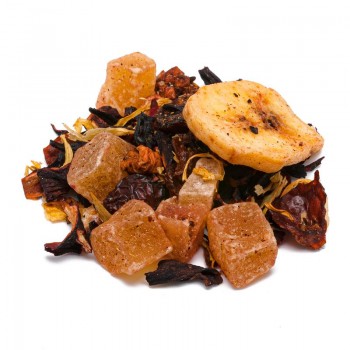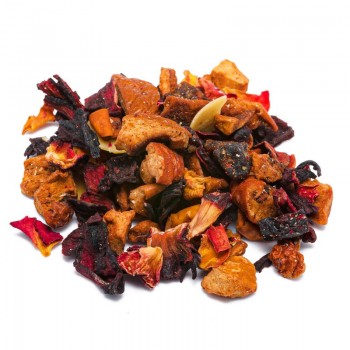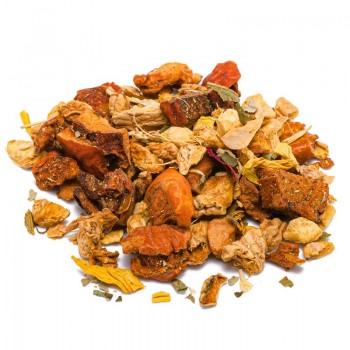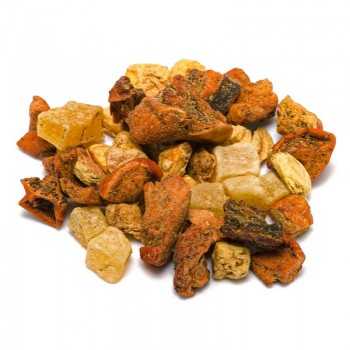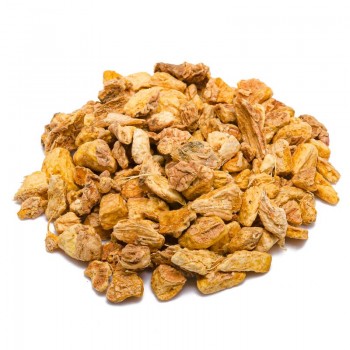Drinking a lemon and ginger-based drink can become an excellent relaxing ritual, which also gives well-being to the body.
Ginger and lemon infusion: properties and benefits
As the most important effect, the infusion contains ingredients that aid digestion, and relieve the symptoms of heaviness and bloating. If chronic indigestion or a heavy dinner can give problems, ginger and lemon tea can be an excellent digestive tonic. Since its discovery, ginger root has been used for the well-being of the stomach, just as lemon can help intestinal transit. In particular, lemon contains a vegetable compound called limonene, which facilitates the assimilation of food, avoiding the feeling of fullness. The combination of lemon and ginger joins the apple, rich in malic acid, to give an optimal boost to the digestive process. Always connected to the digestive system, this infusion can relieve constipation. We know that constipation can result from several factors, including a low-fiber diet.
In other cases, constipation comes from dehydration, and for this an infusion can help digestive transit. The purifying effects of this herbal tea also support intestinal well-being. Ginger is also known for its ability to relieve nausea, which many people experience during pregnancy, indigestion, or other situations. Gingerol, contained in the rhizome (root), is one of the main plant compounds responsible for this effect. Gingerol boasts natural anti-inflammatory properties, as well as antioxidants. For this, ginger could be useful to soothe chronic inflammation during digestion or altered situations of the organism. With its beneficial effects, this infusion can reduce nasal congestion. The steam generated by the hot infusion of lemon and ginger frees the stuffy nose, and soothes the sore throat due to the accumulation of mucus.
Help dissolve congestion, allowing air to flow through more easily through the airways. An infusion of ginger and lemon can also have benefits for those who want to lose weight, as it improves metabolism and fights water retention. Drinking lemon and ginger in the morning helps detoxify the body and burn fat. The body temperature rises, activating the correct thermogenesis, which activates the fat burning process. Compounds in ginger called zingerone and shogaoli may aid the body's processes that burn and store fat. Thanks to the vitamin C contained in the lemon, the infusion is also a panacea for strengthening the immune system. Furthermore, the antioxidant agents of lemon counteract cellular aging, as well as those present in ginger. This infusion is a drink to be sipped at any time of the day, even as a thirst quencher if served cold in the summer.
Origins and History of cultivation
Ginger is a flowering plant whose rhizome, the underground root, is used in the kitchen. Ginger is obtained from this and has been used as a spice and in phytotherapy for centuries. It was already considered a beneficial luxury 5,000 years ago, and for this reason it has a very long history. The Indians and ancient Chinese used ginger root as a tonic to treat digestive ailments. The plant is also native to Southeast Asia, it has been widely cultivated in the world since ancient times. It arrived in Europe in the 1st century, when traders brought it to the Mediterranean regions, and it became a popular spice in Rome.
It was considered a warming spice, an aid to digestion, used to treat flatulence and colic.
Unfortunately, the use of ginger fell into oblivion with the decline of the Roman Empire fell. It was increasingly rare and the value of ginger increased; we know that in the fourteenth century it cost about as much as a sheep. It was Marco Polo who reintroduced it in the XIII century, after his travels in the Orient. At the time it was used to make delicious sweets, and appreciated for its medicinal qualities. Today, ginger is easily accessible in all markets, also because in the sixteenth century it also arrived in the Caribbean, brought by European explorers. The largest ginger producer in the world today is India. Lemon is a plant native to Asia, a variety of citron which is a hybrid species, crossed with bitter orange. The origin remains a mystery, but it is assumed that it is native to the Orient, present in India, Burma and China.
It was known in Southeast Asia, forits antiseptic properties. The first time it arrived in Europe, in southern Italy, was around the first century AD, but in ancient Rome it was not widely cultivated. He was later more successful in Persia and Egypt around 700 AD. It was Arab culture that exalted it, and it is mentioned for the first time in an agricultural treatise from the 10th century. It was used as an ornamental plant in Islamic gardens. From there it was introduced to Spain and North Africa between the years 1000 and 1200. It began to be planted even more after the diffusion desired by the Crusaders, who brought it from Palestine. In the fifteenth century, the fruit was grown in Genoa, and then in the Azores to be shipped to Northern Europe. It was introduced in the Americas with Christopher Columbus, and then spread over the centuries to all continents. In 1747, it was used as a cure by physician James Lind for sailors suffering from scurvy; they could add vitamin C to their diet, via lemon juice.
Plant and flowers
Ginger is the spice that comes from the rhizome or root of the Zingiber officinalis. This perennial herbaceous plant grows to about one meter, developing an underground rhizome. The flowers, with pale yellow petals, are born directly from the rhizome on shoots. Ginger plants are tropical, so they prefer high humidity and warm temperatures. For good growth the soil must be moist and rich. When they get too dry, they will cease to flower and may even become dormant plants. The spice obtained from the rhizome has a pungent and recognizable flavour. Lemon is the fruit of Citrus limon, a very common small tree of the Rutaceae family. The plant forms an evergreen bush, 3-6 meters tall. The oval leaves turn green and are known for their aroma. The flowers have a sweet smell, with petals usually white above and reddish below. The fruit is oval, with the famous yellow skin, which in some varieties becomes very thick as it ripens. Occasionally the fruits are seedless, and the pulp is decidedly acidic. The apple comes from the Malus domestica plant, a deciduous tree of the Rosaceae family. The fruits are among the most cultivated in the world, and have a color ranging from green to red. In growth, an apple tree can take 6 to 10 years to mature and reach heights of 5-10 meters. The domesticated tree is thought to have originated from western Asia and the Mediterranean from wild plants.
Nutritional values of ginger and lemon infusion
This herbal tea contains numerous antioxidants and bioactive ingredients. From ginger derive resin and gingerols (to which we owe the spicy qualities), the derivatives zingerone and shogaols, and the volatile components of the essential oil (zingiberene, zingiberol, cineol, zingerone, B-bisabolene, monoterpenes, etc.). In the lemon there are the active ingredients of organic acids such as malic acid, citric acid, ascorbic acid and vitamin C, as well as limonene and pinene in the essential oil. The vitamins most present in the infusion are vitamin C and vitamin A, as well as vitamins of group B and vitamin E. Among the minerals, magnesium, iron, zinc, phosphorus are present above all.
How to use the ingredients in ginger and lemon herbal tea
The ideal infusion is achieved by placing about 3-5 grams of the lemon and ginger mixture in a cup (250 ml), with water at 100 °C. Leave to infuse for 10 to 12 minutes, before drinking the herbal tea. Add honey or sugar, if desired.
Ginger and lemon infusion: side effects and contraindications
This herbal tea is generally safe, but it is important not to exceed the recommended doses, and not to take the infusion for too long periods - in order to avoid episodes of irritation or stomach pain . Ask your doctor whether to take the infusion when pregnant or breastfeeding. If you are taking blood thinners, keep in mind that ginger contains salicylate, a plant compound that naturally thins blood.

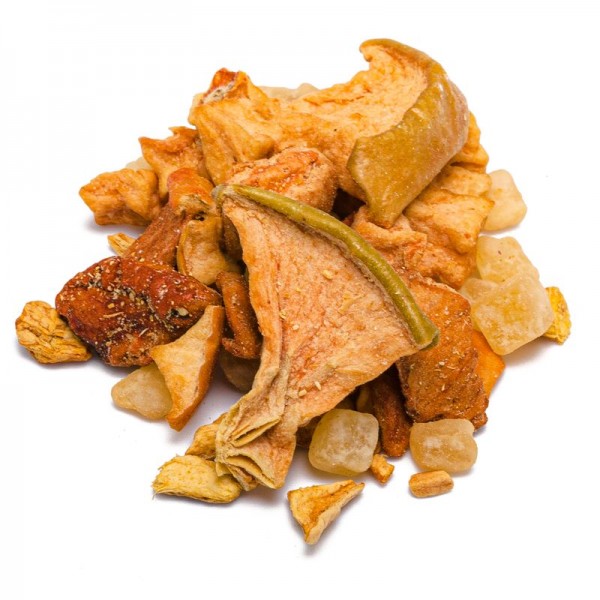









 No reward points for this product.
No reward points for this product.
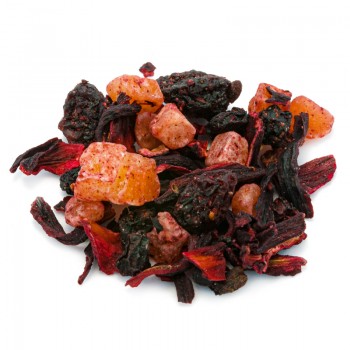
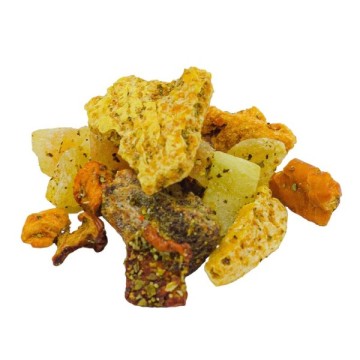
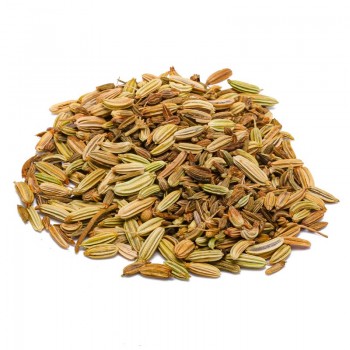
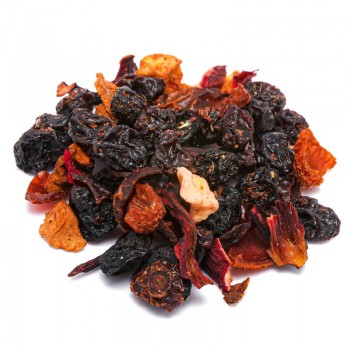

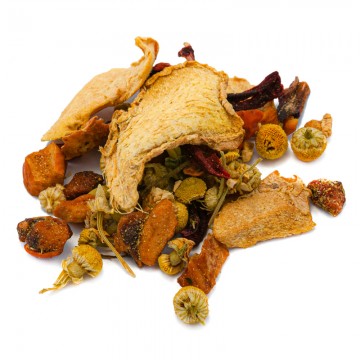
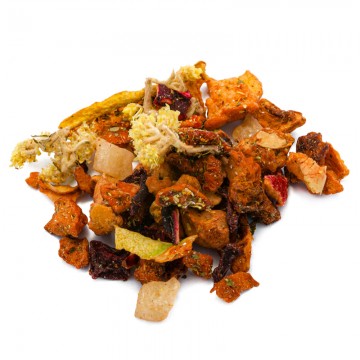
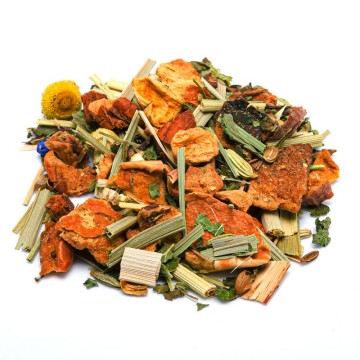
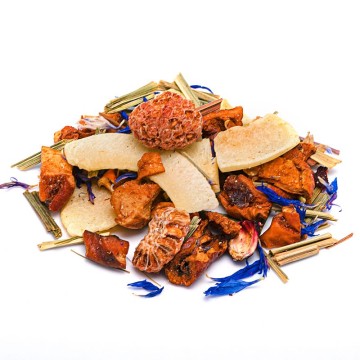
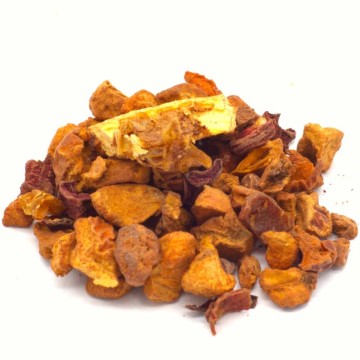
![infuso pesca e vaniglia [Natura d'Oriente]](https://www.naturadoriente.com/3538-home_default/infused-peach-vanilla.jpg)
